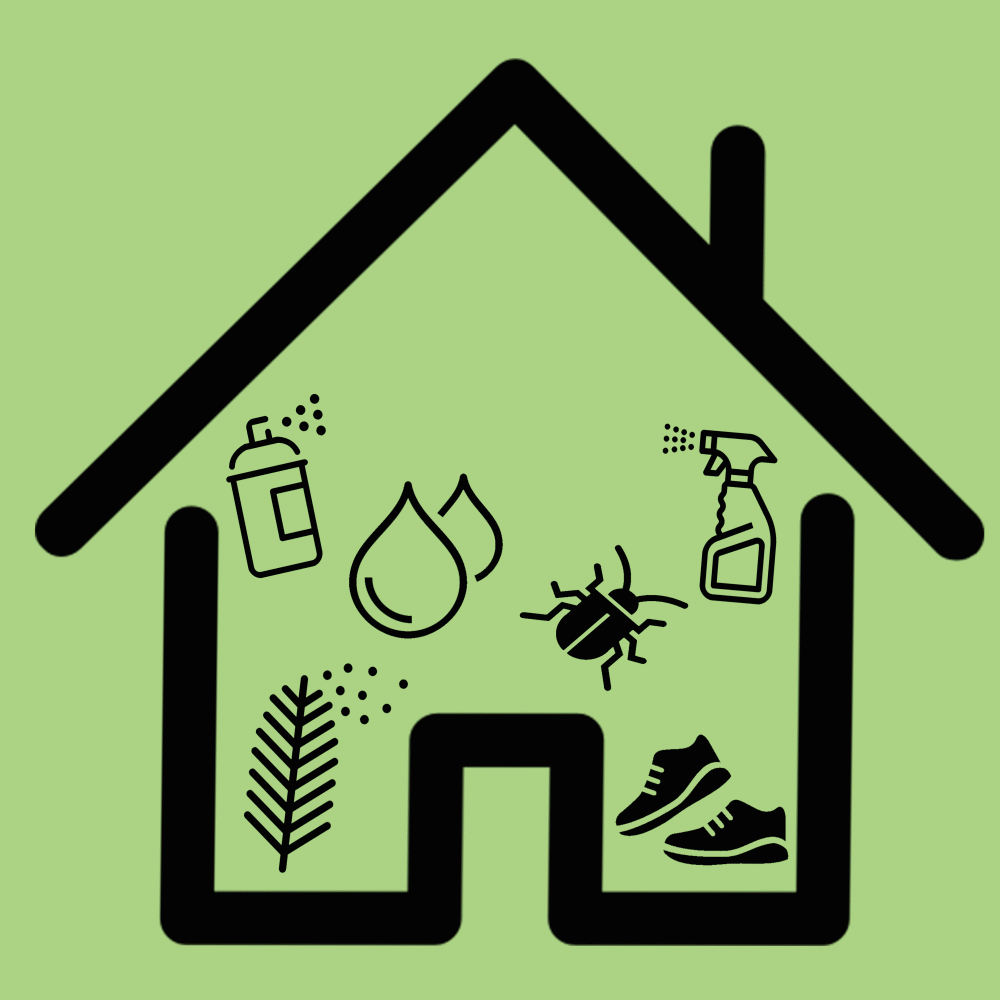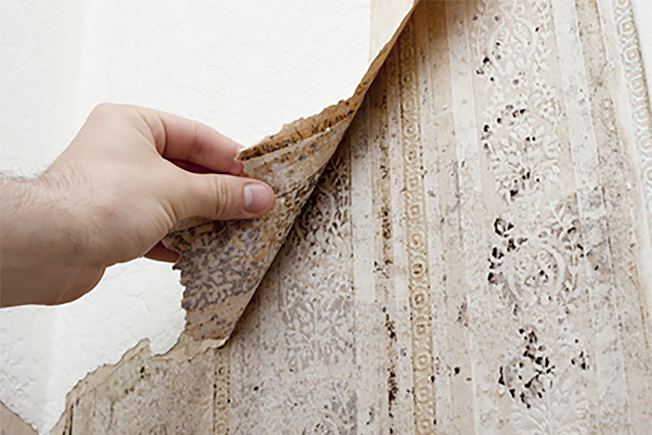Toxic Home Syndrome
What is Toxic Home Syndrome?
Toxic Home Syndrome is caused through the build-up of chemicals, bacteria and other pollutants within the air of your home. It has been found to worsen existing respiratory issues, such as asthma, as well as being the cause of new breathing problems. Toxic home syndrome can also be known as sick building syndrome and is more applicable to buildings such as office spaces and workplaces.
Toxic house syndrome and sick building syndrome awareness is so important due to the time we spend indoors. Due the fact that we spend up to 90% of our time indoors, it is important that our indoor air quality is good so that the health risks are reduced. Indoor air can have more than 900 harmful chemica

What is Toxic Home Syndrome?
Toxic Home Syndrome is caused through the build-up of chemicals, bacteria and other pollutants within the air of your home. It has been found to worsen existing respiratory issues, such as asthma, as well as being the cause of new breathing problems. Toxic home syndrome can also be known as sick building syndrome and is more applicable to buildings such as office spaces and workplaces.
Toxic house syndrome and sick building syndrome awareness is so important due to the time we spend indoors. Due the fact that we spend up to 90% of our time indoors, it is important that our indoor air quality is good so that the health risks are reduced. Indoor air can have more than 900 harmful chemicals and organisms that we cannot see.

Where is Toxic Home Syndrome found?
Toxic Home Syndrome is commonly found within buildings that are modern due to improved building quality. The desire for greater insulation and energy efficiency within modern properties has led to fewer opportunities for toxins and pollutants to escape the indoor environment.
The UK is set to fail to meet EU air pollution targets by 2020. Poor air quality is becoming an increasing problem within the UK and has been directly attributed to 40,000 premature deaths a year within the UK alone. However, air pollution isn't confined to just busy cities, it is also found within your home and can manifest itself as Toxic Home Syndrome.
What causes Toxic Home Syndrome?
The build-up of pollutants, bacteria and moisture can eventually lead to Toxic Home Syndrome developing. There is no singular activity that causes this to develop, but many everyday activities can directly contribute to Toxic Home Syndrome occurring within your home.
Some of the most common factors the lead to Toxic Home Syndrome are:

- Condensation, which leads to a build-up of mould and damp within a building.
- Washing and drying your laundry indoors - washing machines also release volatile organic compounds (VOCs) into the air which have been proven to be carcinogenic.
- Dirt and dust that gets trapped in the fibres of mats and carpets - particles get released during everyday use and can trigger respiratory problems.
These factors are very easy caused with every day use within the home but can be harming your indoor air quality leading to toxic home syndrome.
How can I prevent Toxic Home Syndrome?
There are many simple ways to improve your indoor air quality and combat Toxic Home Syndrome, including:
- Proper ventilation - by properly ventilating your home, be it by installing a heat recovery ventilation system or positive ventilation unit, you limit the build-up of harmful particles within your home.
- Use wood flooring wherever possible - wood floors are easier to clean than carpets and don't trap dirt and hair that can trigger allergies and affect your breathing.
- Removing your shoes at the door - by not wearing shoes indoors, you avoid trailing dirt and spreading other potentially harmful particles around your home.
- When using cleaning products try to use eco cleaning products that have less toxins which its healthier for both you and the building itself
What are the symptoms of Toxic Home Syndrome?
Currently 81% of UK residents are at risk of Toxic Home Syndrome. If a building that you work or live in has toxic home syndrome can cause some of the follow symptoms:
- Headaches
- Blocked or runny nose
- Dry, itchy skin
- Dry, sore eyes
- Rashes
- Tiredness
- Difficulty concentrating
In more severe cases toxic home syndrome and sick build syndrome can cause rashes, asthma attacks, respiratory problems and lung disease.
One way to understand the difference between symptoms of sick building syndrome compared those of a common cold other illness is that tend to get worse the longer time you are in a building and seem to disappear once you leave.
What can BPC do for you?
BPC can design, supply and install ventilation systems such as heat recovery systems that will supply fresh air to your home and extract stale and moist air. Other systems include mechanical extract systems and positive input ventilation systems. Check out our knowledge centre for more information on our range of ventilation systems.
Our ventilation systems will help make you property as eco-friendly as possible. We ensure to provide the best possible system for you, we have ventilation systems from leading manufactures including:
- Vent-Axia
- Airflow
- Duco
- Xpelair
- Caladair
- Mitsubishi
- Blauberg
- Quiet-Vent
- Nuaire
Contact Us
If you have any questions on queries about toxic home syndrome or sick building syndrome contact us, call our sales and technical teams on 028 2827 5150. For more information on our systems and ways to begin improving your indoor air quality check out our knowledge centre.

